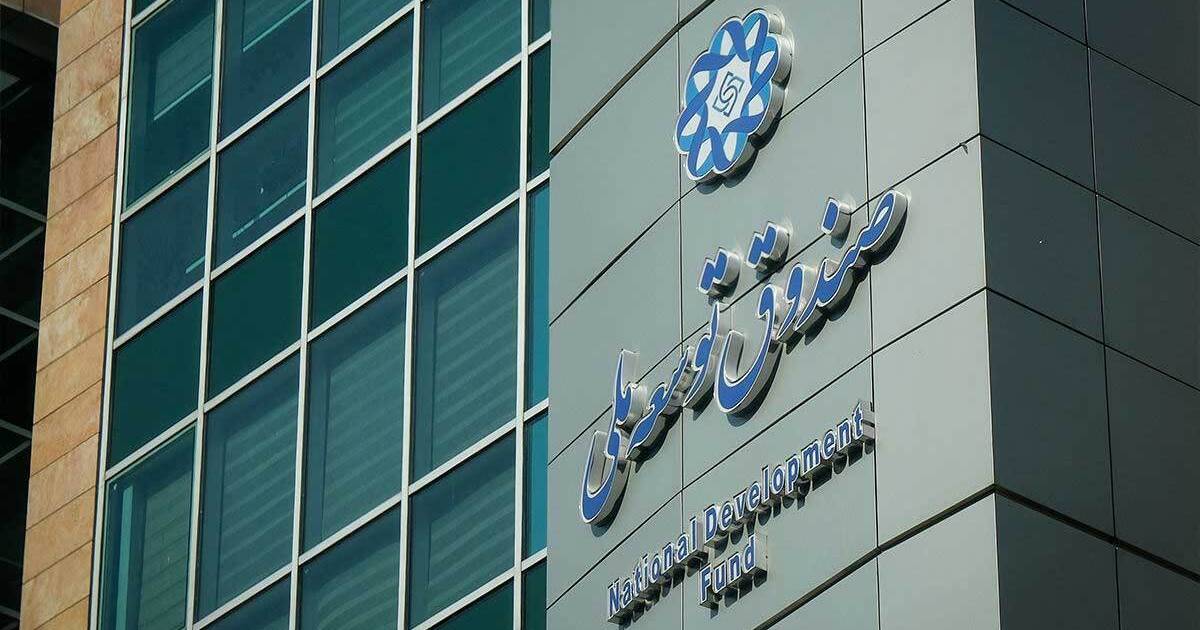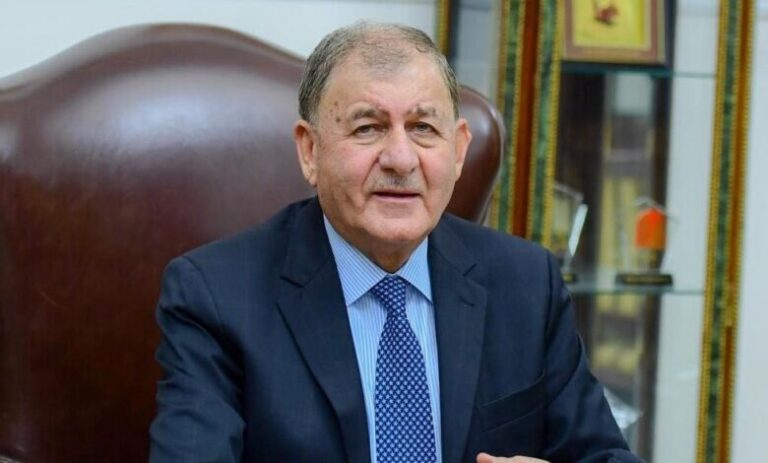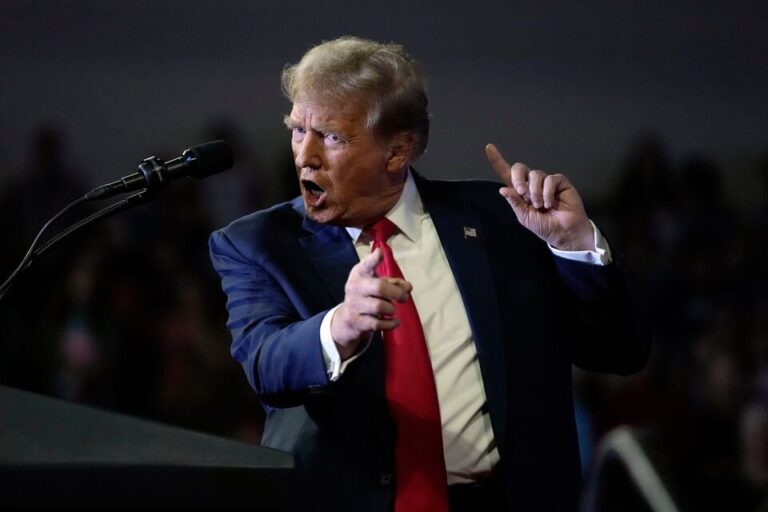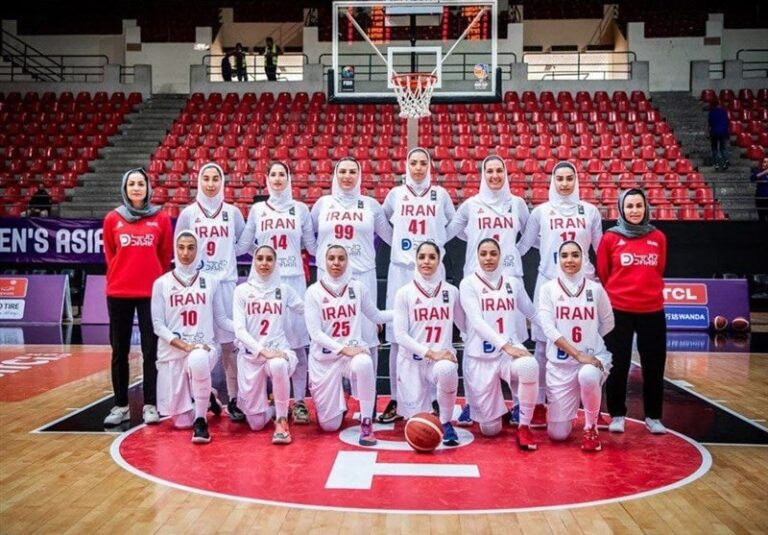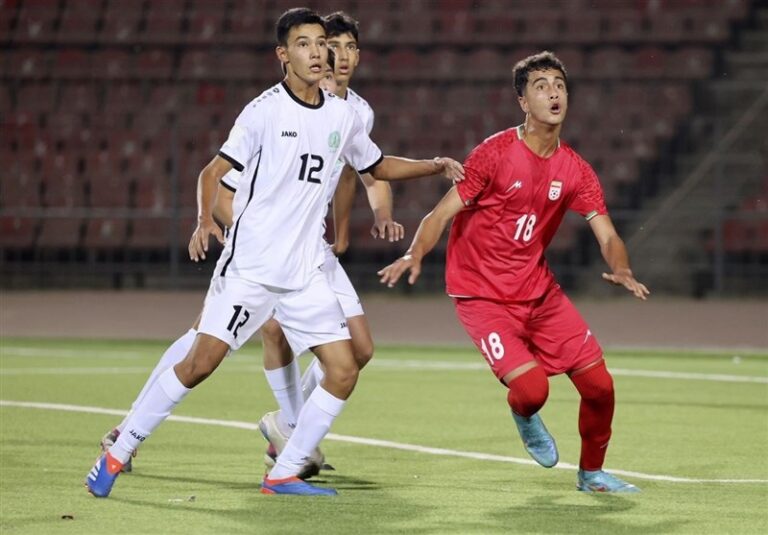Unraveling the Mystery: The Depletion of Iran’s Sovereign Wealth Fund
The financial health of Iran’s National Development Fund (NDF) has come under scrutiny, particularly in comparison to the impressive sovereign wealth funds held by its neighboring countries, which have exceeded $3.6 trillion. A recent report by the Iranian Parliament Research Center highlights the alarming depletion and mismanagement of the NDF, raising concerns about the future of Iran’s economy.
According to the findings from the Iranian Parliament Research Center, since its inception in 2011 until March 2024, a staggering 82% of the NDF’s total revenue of $161 billion has been consumed. This misuse of funds is particularly troubling, as a significant 88% of the loans provided by the NDF were allocated to government and public institutions, including the Islamic Revolutionary Guard Corps (IRGC). Rather than functioning as a savings reserve for oil revenues, the NDF has effectively become a financial crutch for inefficient state entities.
In the past 13 years, the fund has disbursed $132 billion in loans, yet only $8 billion has been repaid. Additionally, $18 billion of these loans are now classified as non-performing debts. The report further indicates that as of March 2024, the NDF’s foreign exchange reserves have dwindled to a mere $26.5 billion. After accounting for $6.5 billion in outstanding obligations, only $20 billion remains available for use.
Despite the NDF’s crucial role, it has not yet published its financial report for the last fiscal year, which concluded on March 20. However, investigations by Iran International suggest that the government borrowed at least $10 billion from the NDF last year. This borrowing was authorized either directly by Supreme Leader Ali Khamenei or through the seizure of portions of the fund’s share from oil export revenues, as allowed by national budget laws.
As part of the current fiscal budget, the government plans to borrow an additional $9.4 billion from the fund, which is projected to generate $16 billion in oil revenue. Originally, the NDF was created to save a portion of Iran’s oil revenues and provide loans to the private sector, taking over from the former Foreign Exchange Reserve Account. However, in reality, government and military forces have taken control of the majority of its financial resources, leaving only $14 billion—less than 10%—allocated to the private sector. Given the corruption and cronyism rampant in the system, it is unlikely that these funds genuinely benefited the private sector.
If the government refrains from making further unexpected withdrawals this year, the total amount owed to the NDF by the state could reach $125 billion by year-end. The pressing concern is that the Iranian government currently lacks the financial capability to repay its debts. In a desperate attempt to manage its liabilities, the NDF is now seeking to invest in oil fields and sell crude oil directly, a move that contradicts its original purpose and risks severing the government’s access to oil export revenues.
In recent months, the Iranian government has projected daily oil exports of between 1.5 million and 1.8 million barrels, with one-third of these exports intended for military institutions. Should the NDF also engage in direct oil exporting, the government’s influence over oil exports would be significantly diminished.
Comparative Analysis with Neighboring Countries
While Iran’s NDF manages assets that have plummeted below $20 billion, data from the Global SWF Institute reveals that the total reserves of oil-related sovereign wealth funds in the Persian Gulf countries and Azerbaijan have surpassed $3.6 trillion. This figure is complemented by similar amounts held in various other sovereign wealth funds across these nations.
- The United Arab Emirates oversees eight sovereign wealth funds with total assets of $2.3 trillion, with the Abu Dhabi Investment Authority (ADIA) being the largest, funded by oil revenues and holding over $1.1 trillion in assets.
- Public pension funds in these oil-rich countries collectively possess around $650 billion in capital.
- In stark contrast, Iran’s public pension funds have been effectively bankrupt for years, relying solely on annual government budget allocations.
Additionally, the foreign currency reserves of central banks in the Persian Gulf Arab states exceed $850 billion, while Iran’s Central Bank reportedly holds only $25 billion in reserves, much of which has been lent to the government and domestic banks.
Despite the NDF representing less than 0.5% of the region’s sovereign wealth fund assets, Iran boasts the second-largest oil reserves in the region, trailing only Saudi Arabia, and ranks first in natural gas reserves. Moreover, Iran is the third-largest oil producer in the region, following Saudi Arabia and Iraq, and stands as the largest natural gas producer in the Middle East.
Years of poor policymaking, rampant corruption, and the misappropriation of national wealth, compounded by international sanctions, have severely undermined Iran’s financial institutions. The ongoing struggles of the NDF and the Iranian government highlight the urgent need for reform and a reassessment of financial governance in the country.
